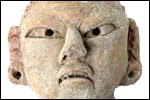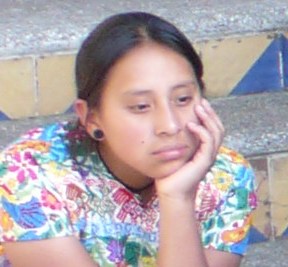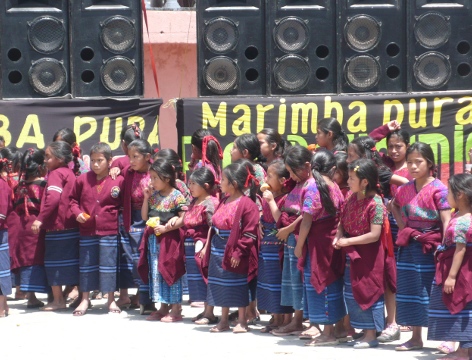Our organization has begun a number of projects to promote education of Maya children about Maya culture and to promote Maya culture wordlwide through research and education :
We have begun collaborations with Guatemala’s National Museum to digitize all stored artifacts in 3d, many of which have never been exhibited before. These images can attract visitors to the Museum and benefit educators and researchers. We are also commissioning full-size replicas of buried pyramid sculptures so that they can be exhibited to the public in Guatemala and in exhibits traveling abroad.
The two archaeological sites we have adopted, Holmul and Cival, in Peten, Guatemala, offer a great opportunity to gaze into the history of the hemisphere through the lens of one of the world’s most sophisticated cultures, the ancient Maya. Lost in large part due to the Spanish conquest and burning of their texts, this millenarian society remains alive today but their history and beliefs are still little understood by the general public despite their achievements in writing, art, architecture, mathematics and astronomy. We propose an interactive learning program focusing on various aspects of Mayan culture for local children that can be made available also through the world wide web. Using the local museum exhibits, computers and the internet we will bring Guatemala’s school children and the rest of the world closer to one another.
+ The Maya Cultural Center in Melchor de Mencos, Peten
More than a regional museum, this will be a place where visitors and residents of NE Peten, Guatemala can explore the region’s rich natural and cultural patrimony through exhibits, interactive media, books and lectures while learning about current conservation efforts.
+ Conservation
We invite filming and multimedia exploration, as well as field trips to untouched archaeological sites. In addition to being an area rich in educational opportunities relating to Mayan civilization, it is also essentially a virgin biosphere with some of the rarest and most extraordinary animals on earth: jaguars, pumas, parrots, tapirs and toucans, and thousands of species of plants and flowers found nowhere else on earth. We believe that conservation and tourism can allow the local population to live in harmony with these amazing natural and cultural resources and at the same time earn a decent living.
+ Translation of material into Mayan
We are working on a series of story books for children to be published in the US and Guatemala. The aim is to familiarize kids with Maya belifs and worldview using characters from their classical past. Teaching materials will be made available in Maya Kaqchikel as well as Spanish and English. Our first book will be published in the Spring of 2012.


